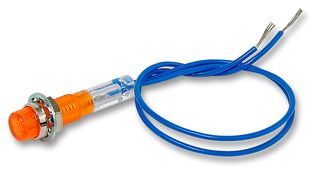Volusiano
Well-known member
You just can't count on most homes to have 240V outlet by default, especially if they already have gas for their dryer. Also, many homes now, especially newer homes, may locate their washer/dryer upstairs near their bedrooms and the 240V source may not be that easily accessible. This is where the usefulness of such a device will shine.johnr said:So this would be something to bring when going on a long trip. But in a location where there are two out of phase 120V outlets, there is likely to be a 240V outlet as well, right? For that matter, in most places where there is 120V, there's likely to be 240V. So, what would be the advantage?
Also, if you're not at a home but at a commercial property and need to do opportunity charging. Having a 120V source is good, but if you can find two 120V sources out of phase, that's even better.
It's all about having all the options at your disposal. Without it, you don't have extra options to choose from.
You may not be able to use it all the times. But the few times you are in a bind and having it to bail you out, it'll be worth its cost and you'll be glad you have it. It's like buying insurance to have peace of mind but you hope you never have to use it.
If you already plan to go far enough out of range such that you'd need to charge at a host's house so you can make the return trip, you should have already asked your host ahead of time and make sure it's OK with them so that there'd be no imposition. And usually these kinds of visits are to close friends or relatives who are not just mere acquaintances, and since you've made such a long trip to visit them, I'm sure they wouldn't mind accommodating you a little bit in return for your long drive to see them.johnr said:But to have two long cords strewn across the place to get at two outlets might be too much of an imposition to one's guest. I'm just not sure...
I would never bother asking to opportunity charge at people's house if I still have enough juice to return home.



